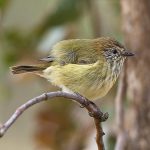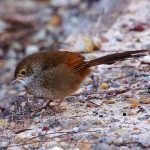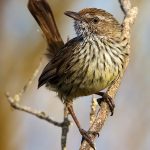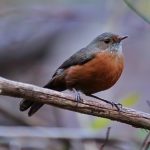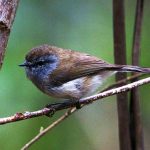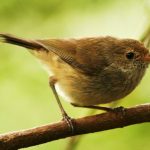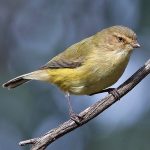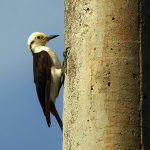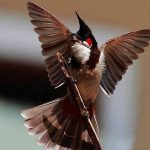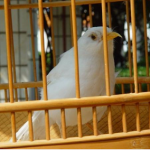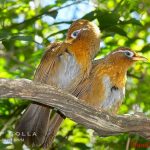Grey gerygone
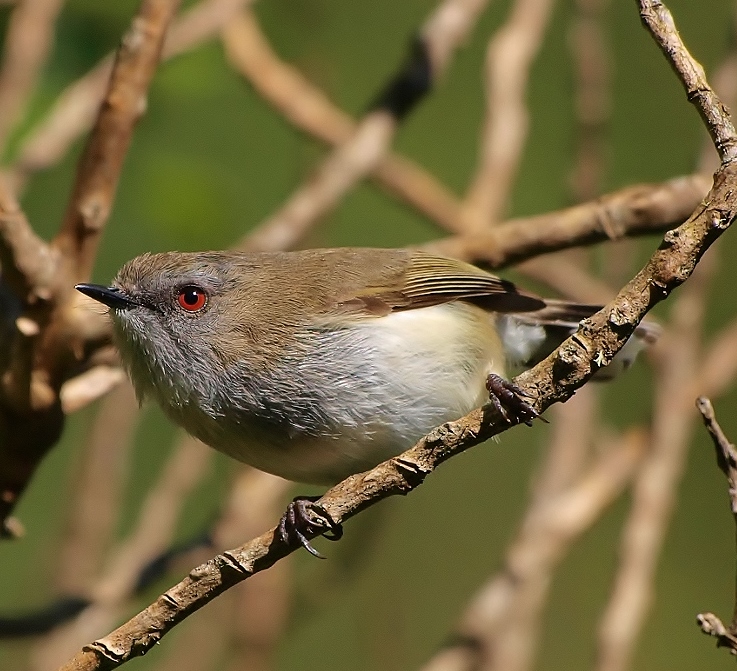
 |
| (Photo from iNaturalist) |
Common name:
grey gerygone (en); gerígono-maori (pt); gérygone de Nouvelle Zélande (fr); gerigón maorí (es); Maorigerygone (de)
Taxonomy:
Order Passeriformes
Family Acanthizidae
Range:
This is endemic to New Zealand, being found throughout the country including several offshore islands.
Size:
These tiny birds are 10-11 cm long and weigh 6-7 g.
Habitat:
The grey gerygone is mostly found in temperate forests, but also in scrublands, mangroves, arable land and urban areas.
Diet:
They feed on spiders, insects and their larvae.
Breeding:
Grey gerygones breed in August-January. The nest is built by the female, using material collected by the male, consisting of a pear-shaped structure with a side entrance made of grass, leaves, rootlets and moss, held together with spider webs. The nest is lined with feather and other soft material and attached to a twig up to 7 m above the ground. The female lays 3-6 pinkish-white eggs with reddish-brown speckles, which she incubates alone for about 19 day. The chicks are fed by both parents and fledge 15-19 days after hatching. Each pair usually raises 2 broods per season.
Conservation:
IUCN status – LC (Least Concern)
This species has a large breeding range and is described as generally common. The population is suspected to be stable in the absence of evidence for any declines or substantial threats.
